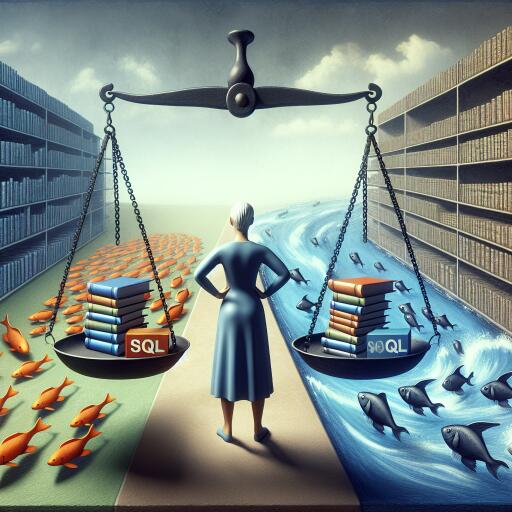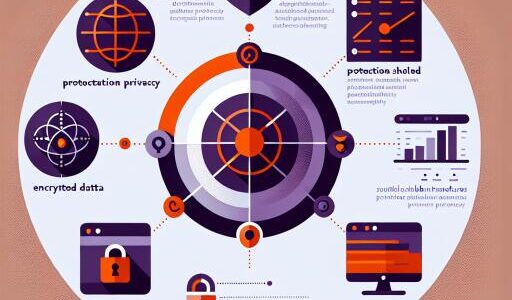SQL vs NoSQL: Choosing the Right Database for Your Project
In the modern era where data acts as the cornerstone of digital innovation, the battle between SQL and NoSQL databases represents a pivotal decision point for developers and businesses alike. The choice between these two database types can significantly influence the efficiency, scalability, and overall success of any given application. Let’s delve into the critical differences and considerations that can guide you to the appropriate database selection for your project’s unique needs.
Understanding SQL and NoSQL Databases
At the heart of this comparison lies the basic understanding of what SQL and NoSQL databases are and how they function:
- SQL (Structured Query Language): This traditional model of database management revolves around the use of structured query language for interacting with relational databases. These databases are characterized by their structured format, organizing data into clearly defined tables and relationships. SQL databases excel in querying capabilities, allowing for sophisticated data manipulation and retrieval within these confines.
- NoSQL (Not Only SQL): Representing a divergence from relational models, NoSQL databases encompass a variety of non-relational database systems. These systems are designed to accommodate a wide range of data types, including unstructured and semi-structured data. NoSQL databases are known for their flexibility, customizable data models, and varied query languages tailored to specific database types.
Key Factors to Consider in Your Database Choice
The SQL vs NoSQL decision is influenced by several critical factors tied to your project’s data requirements and goals:
- Data Structure Compatibility: If your project involves data with a complex, predefined structure and relationships, SQL databases might be the more suitable option. On the contrary, NoSQL databases offer an adaptable environment perfect for projects that deal with diverse, unstructured, or rapidly evolving data types.
- Scalability Needs: For projects anticipating substantial data growth, NoSQL databases provide an advantageous approach with their easy-to-scale, horizontal expansion options. Meanwhile, SQL databases tend to rely on vertical scaling, which might impose financial and technical constraints as your data volume increases.
- Schema Flexibility: SQL databases require a defined schema before data insertion, necessitating a clear understanding of your data structure upfront. NoSQL databases afford greater flexibility by allowing the schema to develop and change over time, accommodating evolving project requirements.
- Transaction Reliability: If your project demands high levels of data consistency and integrity, such as in financial applications, the ACID (Atomicity, Consistency, Isolation, Durability) properties of SQL databases could be crucial. In contrast, NoSQL databases prioritize the BASE (Basically Available, Soft state, Eventually consistent) model, which offers a different trade-off between consistency and availability.
- Query Language Uniformity: The standardized query language of SQL databases simplifies data manipulation across various applications. NoSQL’s diverse querying approaches mean a potentially steeper learning curve and the need for specialized knowledge depending on the chosen NoSQL database type.
Selecting the Right Database for Your Use Case
Ultimately, the choice between SQL and NoSQL databases should be guided by the specific requirements and challenges of your project:
- SQL Databases shine in scenarios requiring complex queries and transactions with structured data. They remain the backbone of applications that cannot compromise on data integrity, such as financial systems and data warehouses.
- NoSQL Databases are the go-to for projects needing to rapidly evolve alongside their data. These databases accommodate the big data needs and flexibility required by social media platforms, IoT device management, and real-time analytics applications.
Deciding between SQL and NoSQL involves a nuanced understanding of your project’s data needs, scalability expectations, and the trade-offs between data consistency and flexibility. Each database type offers unique benefits and limitations, making it essential to carefully assess which database aligns best with your project’s long-term vision and operational requirements.
In conclusion, the journey to choosing the right database—be it SQL or NoSQL—is a critical step in laying the foundation for your application’s success. Armed with an understanding of your data’s nature and your project’s aspirations, you can make an informed decision that ensures scalability, performance, and adaptability in our fast-paced, data-driven world.










